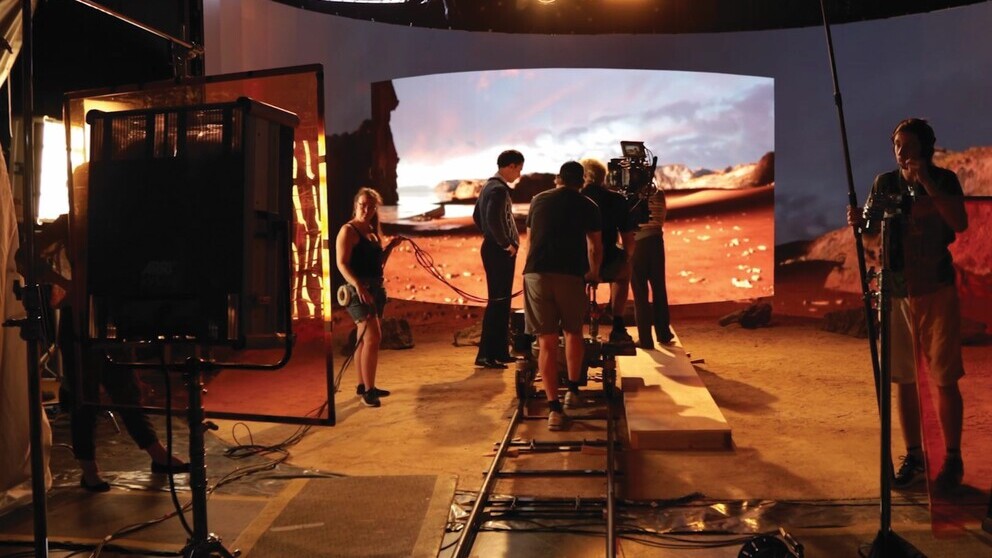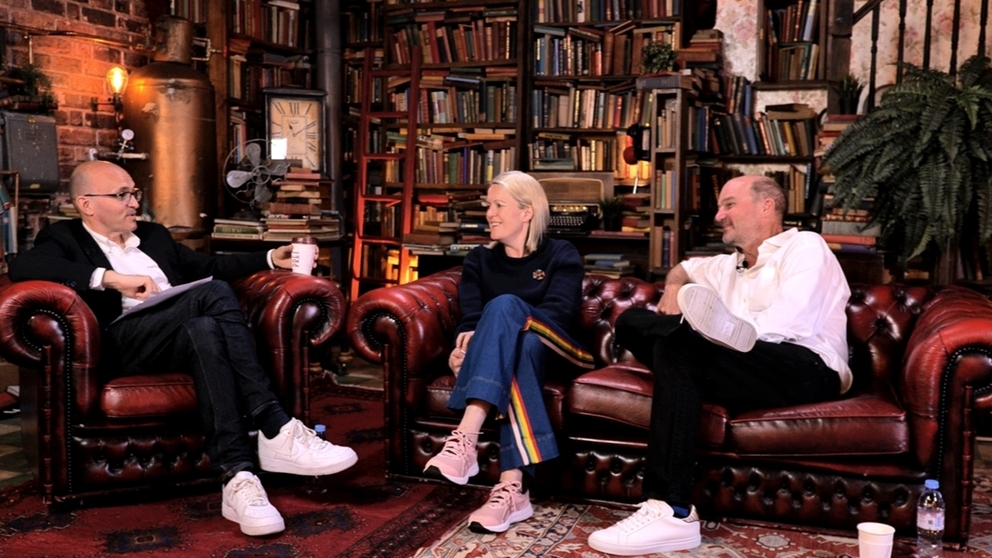Advances in how 3D spaces and objects are captured to create immersive, interactive content are helping redefine how stories are told and experienced. Integrating volumetric capture into mainstream media however requires a new set of skills, blending creative storytelling with advanced technical knowledge.
Unlike traditional video, which is confined to a 2D plane, volumetric video provides the added dimensions of depth and volume, making it possible to interact with digital objects in ways that were previously not possible. Objects such as a coffee cup can be digitally captured in 3D and placed within a virtual environment almost in the same way a practical prop can be placed within an actual set. This technology has many applications for virtual reality (VR), augmented reality (AR), virtual production (VP) and mixed reality (MR).
Several technologies underpin volumetric capture, including photogrammetry, Gaussian splatting, and 4D capture. Photogrammetry involves taking multiple photographs of an object or scene from different angles and stitching them together to create a 3D model. Gaussian splatting, a more recent innovation, creates a point cloud where each point represents a small, textured circle. This method is lightweight and efficient, making it suitable for real-time applications. The cutting-edge 4D capture extends this technology to the 4th dimension of time, making it possible to capture animated content volumetrically, providing enhanced options for animation...
You are not signed in.
Only registered users can view this article.

Content Everywhere: a look back at 2024
As the year draws to a close, it seems an opportune time to ask Content Everywhere companies for their views on the top trends in 2024. As always, key industry players have been keen to respond with comments and views on how the past year shaped up both for them and the wider industry.

AI and the evolution of MAM: Part three – future outlook
In the final part of our investigation into MAM’s current and future relationship with AI, James McKeown analyses where the technology is likely to take asset management capabilities next, and the other factors driving the evolution of the space.

RSIFF: Kingdom underlines ambitions to become filmmaking powerhouse
Saudi Arabia's cinema market is experiencing a cultural renaissance, driven by increasing local productions and a growing appetite for diverse storytelling, reports Adrian Pennington from the Red Sea International Film Festival.

AI and the evolution of MAM: Part two – current applications
In part two of IBC365’s exploration of the MAM ecosystem, James McKeown finds out where AI is currently having the most positive impact on media workflows.

AI and the evolution of MAM: Part one – risk analysis
Forms of AI and automation have been making efficiencies in media asset management (MAM) systems for some time, but as the technology becomes more powerful and its potential applications more expansive, what are the major considerations and risks of AI’s role in MAM? James McKeown explores in the first of a three-part investigation.




